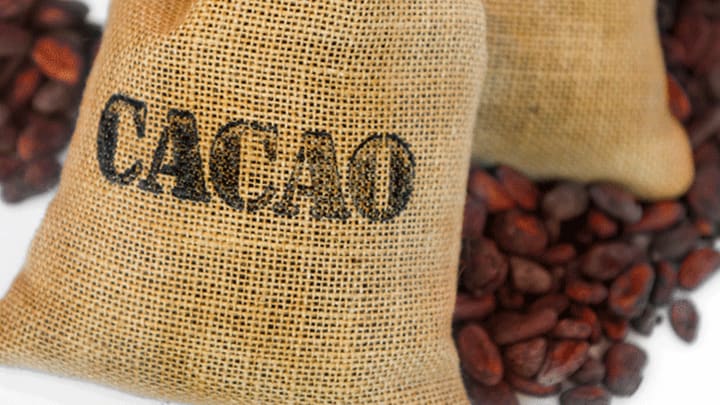How a Gene Sequencing Machine Saved the Chocolate Bar
By Anna Green

Imagine a world where a single bar of chocolate costs as much as $35. It’s a scary thought, and it might have become a reality if not for a group of scientists, a candy company, and a 500-pound machine the size of a refrigerator.
According to Smithsonian, in the late 1980s, a blight called “witches’ broom fungus” started killing off cacao plants across the Bahia region of Brazil. By the ‘90s, the witches’ broom plague had cut Bahia’s cacao output in half, and scientists were worried the fungus would spread to other cacao-producing countries, such as Ghana, Ivory Coast, and Nigeria.
Cacao, the primary ingredient in chocolate bars, is a slow-growing plant: a cacao tree only produces enough pods to make about a pound of chocolate a year. In part because output is so low, and the process of growing the trees so slow, scientists knew that if the blight wasn’t stopped soon, there would be widespread ramifications. Not only would the price of chocolate shoot up, but the livelihoods of the 6.5 million farmers who tend the cacao trees would be at risk. Though scientists were working to breed fungus-resistant trees, the process was slow-going. They had to wait for the trees to mature fully before they could test them for resistance—a process which took years.
That’s where the Roche 454 GS FLX + DNA Gene Sequencer comes in. By 2008, gene sequencing was becoming a more and more accessible scientific tool, but back then, it took time—a lot of it—to sequence an organism's genome. The Human Genome Project, for example, took years; the Roche could complete the same process in a matter of days. Unfortunately, the Roche machines were prohibitively expensive. So the Mars candy company stepped in, and agreed to fund a project sequencing the entire cacao genome. With access to the full thing, instead of waiting years for trees to mature, scientists could identify fungus-resistant genes in advance and begin growing healthy trees right away.
The project was a success, and the scientists who worked on the genome posted their results online in 2010. The entire project is open sourced, which means anyone, from concerned cacao farmers to curious readers, can access all of its findings at any time. As for the Roche 454, the machine has been honorably discharged as newer, faster gene sequencers have replaced it on the market. But it will always have a place in history as the machine that saved chocolate.
[h/t: Smithsonian]